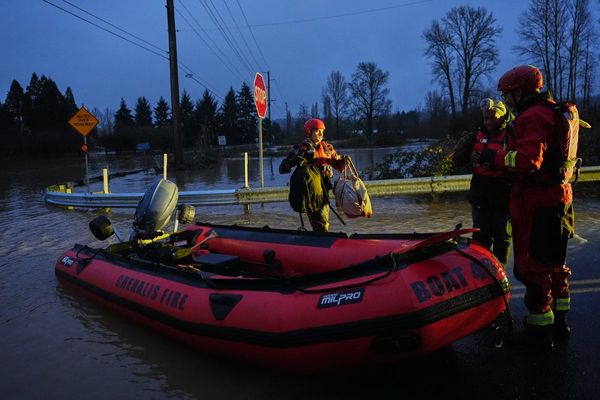Russia’s announcement that it is pulling back some troops from Ukraine’s borders is the strongest signal of de-escalation from Moscow. Russia has always maintained that it had no plans to attack Ukraine. But the massive troop mobilisation on the three flanks of Ukraine, which included combat aircraft, warships and S400 missile defence systems, had raised fears of war. Besides, the U.S.’s warning that a Russian invasion could come “any day” and its decision to shut the American embassy in Kiev added to the frenzy. The Russian approach appeared to have been rooted in building military pressure around Ukraine to gain diplomatic leverage in talks with the West. In the last few weeks, European leaders, Hungary’s Viktor Orbán, France’s Emmanuel Macron and Germany’s Olaf Scholz, have visited Moscow. Of these, the diplomatic interventions by Mr. Macron, who called for respecting Russian security concerns and sought to revive the Minsk agreement on Ukraine’s civil strife, and Mr. Scholz, who said in Kiev that Ukraine’s entry into NATO was “not on the agenda right now”, were significant. Their talks with Russian President Vladimir Putin opened a diplomatic path towards de-escalation.
It is too early to say that the crisis is over. The complex issue is rooted in Russia’s security concerns and NATO’s expansionary open-door policy with no quick solutions. But the suggestions from the talks Russia and the West have had point to a formula for peace. Russia’s three concerns are: one, it does not want neighbours Georgia and Ukraine to be members of NATO. Two, it wants NATO (read the U.S.) to roll back its military presence and drills from Eastern Europe and the Black Sea. Three, it wants the Ukraine crisis — the civil conflict between Kiev and the Russia-backed separatists in Donbas — to be resolved through the Minsk process. In talks with Mr. Putin, U.S. President Joe Biden has already said the U.S. does not have any plan to deploy offensive weapons or permanent combat troops to Ukraine and that Washington was open to reducing drills and missiles in Eastern Europe on a reciprocal basis. Mr. Macron has taken steps to revive the Minsk II deal to address Ukraine’s internal crisis. And then Mr. Scholz practically ruled out Ukraine joining NATO in the “foreseeable future”. Put together, this is a comprehensive package that could accommodate Russia’s security concerns and the West’s fears of Russian aggression. Moscow’s decision to pull back troops partially suggests that it sees potential in these proposals. Russia might keep some troops on the border to retain the pressure. But the obvious next step is to take these proposals to solid agreements through diplomacy. The West and Russia should take that road aimed at finding a lasting solution to Europe’s most dangerous security crisis.
It is too early to say that the crisis is over. The complex issue is rooted in Russia’s security concerns and NATO’s expansionary open-door policy with no quick solutions. But the suggestions from the talks Russia and the West have had point to a formula for peace. Russia’s three concerns are: one, it does not want neighbours Georgia and Ukraine to be members of NATO. Two, it wants NATO (read the U.S.) to roll back its military presence and drills from Eastern Europe and the Black Sea. Three, it wants the Ukraine crisis — the civil conflict between Kiev and the Russia-backed separatists in Donbas — to be resolved through the Minsk process. In talks with Mr. Putin, U.S. President Joe Biden has already said the U.S. does not have any plan to deploy offensive weapons or permanent combat troops to Ukraine and that Washington was open to reducing drills and missiles in Eastern Europe on a reciprocal basis. Mr. Macron has taken steps to revive the Minsk II deal to address Ukraine’s internal crisis. And then Mr. Scholz practically ruled out Ukraine joining NATO in the “foreseeable future”. Put together, this is a comprehensive package that could accommodate Russia’s security concerns and the West’s fears of Russian aggression. Moscow’s decision to pull back troops partially suggests that it sees potential in these proposals. Russia might keep some troops on the border to retain the pressure. But the obvious next step is to take these proposals to solid agreements through diplomacy. The West and Russia should take that road aimed at finding a lasting solution to Europe’s most dangerous security crisis.







